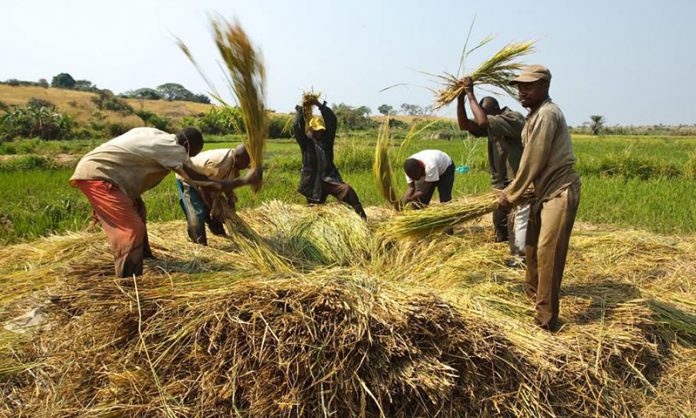UNITED NATIONS: Data from 2016 reveals that for the fifth year in a row, the prices of food around the world have declined, in some cases 1.5 percent below 2015 levels, a monthly United Nations report revealed.
According to a press release issued by the United Nations Food and Agriculture Organization (FAO), bumper harvests or harvests that have been remarkably plentiful as well as promising prospects for staple cereals, helped to offset pressure on tropical commodities like sugar and palm oil, whose production was adversely impacted by El Nino.
The FAO’s Food Price Index measures the monthly change in international prices for five major food commodity groups: major cereals, vegetable oils, dairy, meat and sugar. The 2016 average was 161.6 points.
Throughout 2016, cereal prices declined steadily down 39 percent from their 2011 peak. Meanwhile, sugar rose by 34.2 percent and vegetable oil prices saw an 11.4 percent increase.
According to Abdolreza Abbassian, an FAO senior economist, “economic uncertainties, including movements in exchange rates, are likely to influence food markets even more so this year”.
FAO reported that vegetable oil prices rose by 4.2 percent from November, in part due to low global inventory levels and tight supplies for palm oil and in the case of soy oil, due to the rising use of biodiesels in North and South America. Higher prices for butter, cheese, and whole milk powder due to restraints in the European Union and Oceania drove dairy prices up by 3.3 percent. Both sugar and meat indexes fell, the former due to a weakening Brazilian currency and the latter because of lower costs in bovine and poultry meats.
The Index was introduced in 1996 in order to help the public monitor global agricultural commodity markets. It gained prominence as an indicator of potential food security concerns for developing countries following a significant price hikes in 2008.





